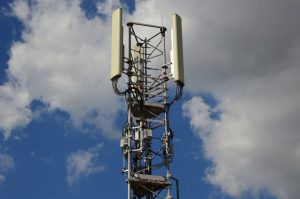
GEO Satellites: The Backbone of Modern Communication Systems
GEO satellites, or Geostationary Earth Orbit satellites, are a type of satellite that orbits the Earth at an altitude of approximately 36,000 kilometers, allowing them to remain stationary relative to a fixed point on the Earth’s surface. This unique characteristic makes GEO satellites an essential component of modern communication systems, providing global coverage and enabling a wide range of applications, including telecommunications, broadcasting, and navigation.
GEO satellites have been in use for several decades, with the first GEO satellite, Syncom 2, launched in 1963. Since then, the technology has evolved significantly, with advancements in satellite design, launch systems, and operational capabilities. Today, there are hundreds of GEO satellites in orbit, providing a wide range of services, including television broadcasting, telecommunications, and data transmission.
How GEO Satellites Work
GEO satellites work by transmitting and receiving signals to and from Earth stations, which are specialized antennas that communicate with the satellite. The satellite receives a signal from an Earth station, amplifies it, and then re-transmits it back to Earth, allowing the signal to be received by other Earth stations. This process, known as transponding, enables GEO satellites to provide a wide range of services, including telecommunications, broadcasting, and data transmission.
GEO satellites are typically equipped with multiple transponders, each of which operates on a specific frequency band. The most common frequency bands used by GEO satellites are C-band, Ku-band, and Ka-band, each of which has its own unique characteristics and applications. C-band, for example, is often used for television broadcasting, while Ku-band is commonly used for telecommunications and data transmission.
Applications of GEO Satellites
GEO satellites have a wide range of applications, including telecommunications, broadcasting, navigation, and weather forecasting. In the telecommunications sector, GEO satellites are used to provide voice, data, and internet services to remote and underserved areas, where terrestrial infrastructure is limited or non-existent. They are also used to provide backup services in case of natural disasters or network outages.
In the broadcasting sector, GEO satellites are used to transmit television channels, radio stations, and other multimedia content to a wide audience. They are also used to provide live coverage of events, such as sports and news, to a global audience. In addition, GEO satellites are used in navigation systems, such as GPS, to provide location information and timing signals to users.
Benefits and Challenges of GEO Satellites
GEO satellites have several benefits, including global coverage, high bandwidth, and reliability. They are also relatively low-cost compared to other types of satellites, such as Low Earth Orbit (LEO) satellites. However, GEO satellites also have several challenges, including signal latency, interference, and congestion. Signal latency, for example, can be a significant issue for applications that require real-time communication, such as video conferencing and online gaming.
Interference and congestion are also significant issues for GEO satellites, particularly in areas with high levels of satellite activity. To mitigate these issues, satellite operators use a variety of techniques, including frequency coordination, beamforming, and signal processing. Despite these challenges, GEO satellites remain a vital component of modern communication systems, providing a wide range of services and applications to users around the world.


